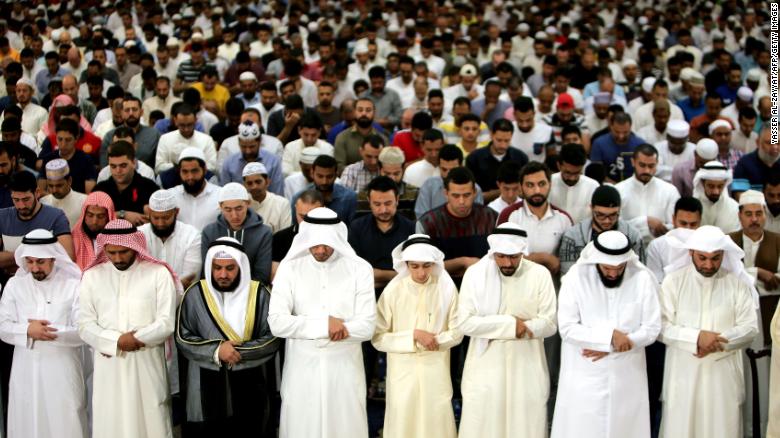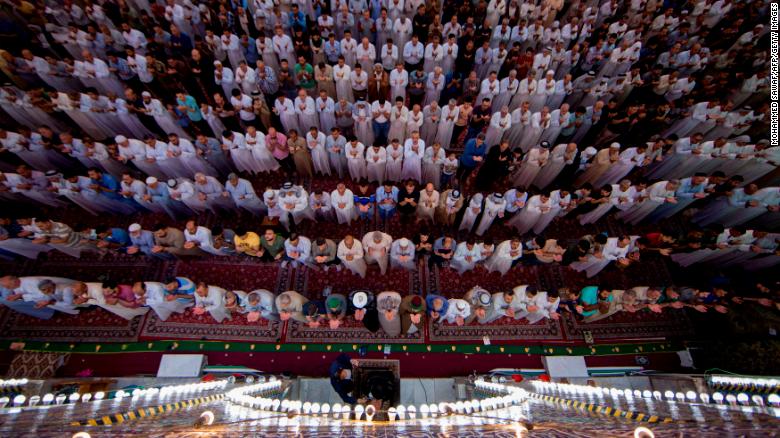
It’s often read
bedside at the time of death
with family circling the bed of their loved one:
A GRATITUDE BLESSING
We bless your hair that the wind has played with
We bless your brow, no longer furrowed, now at peace
We bless your mind, all of the loving thoughts
We bless your eyes that have looked on us with love
We bless your ears that listened for our voices
We bless your nostrils, gateway of breath
We bless your lips that have spoken truth and kissed us a thousand times
We bless your neck and throat, we will remember your voice
We bless your shoulders that have borne burdens with strength
We bless your arms that have embraced us
We bless your hands that have shaped wonders
We bless your chest that sustained your life and nurtured us in strength
We bless your heart that loved us
We bless your belly, storehouse of the body
We bless your thighs for their strong foundation
We bless your knees that have knelt at sacred altars
We bless your legs that have carried you
We bless your feet that have walked your own path throughout life
WE THANK YOU
Beautiful blessing of thanks, isn’t it?
No. . .
It’s not mine. . .
It was brought and applied many different times by a friend, a colleague of mine; an awesome hospice nurse, Jill.
I firmly believe it’s power
I wholly feel that it’s mystique
is that it didn’t come from me. . .
T H A T
would be calculated
and expected. . .
It came from a nurse
(this time)
and sometimes it’s a doctor
and at other times
a Home Health Aide
and often from
Security or Housekeeping. . .
NOT FROM CHUCK THE CHAPLAIN
Am I hurt
jealous
angry
vengeful
regretful
or just severely
grateful
humble
validated
affirmed
hallowed. . .

T R U T H :
Sometimes the greatest blessings there can ever be come from those we often don’t expect. . .
(making them even more sacred)
G U A R A N T E E D:
The best of blessings are never spoken
. . .they’re done
Why give a blessing
WHEN YOU CAN BE ONE
Pssssssssssssssssssssssst of the Day:
You don’t have to look for
Most Blessings. . .
T H E Y
F I N D
Y O U !

















